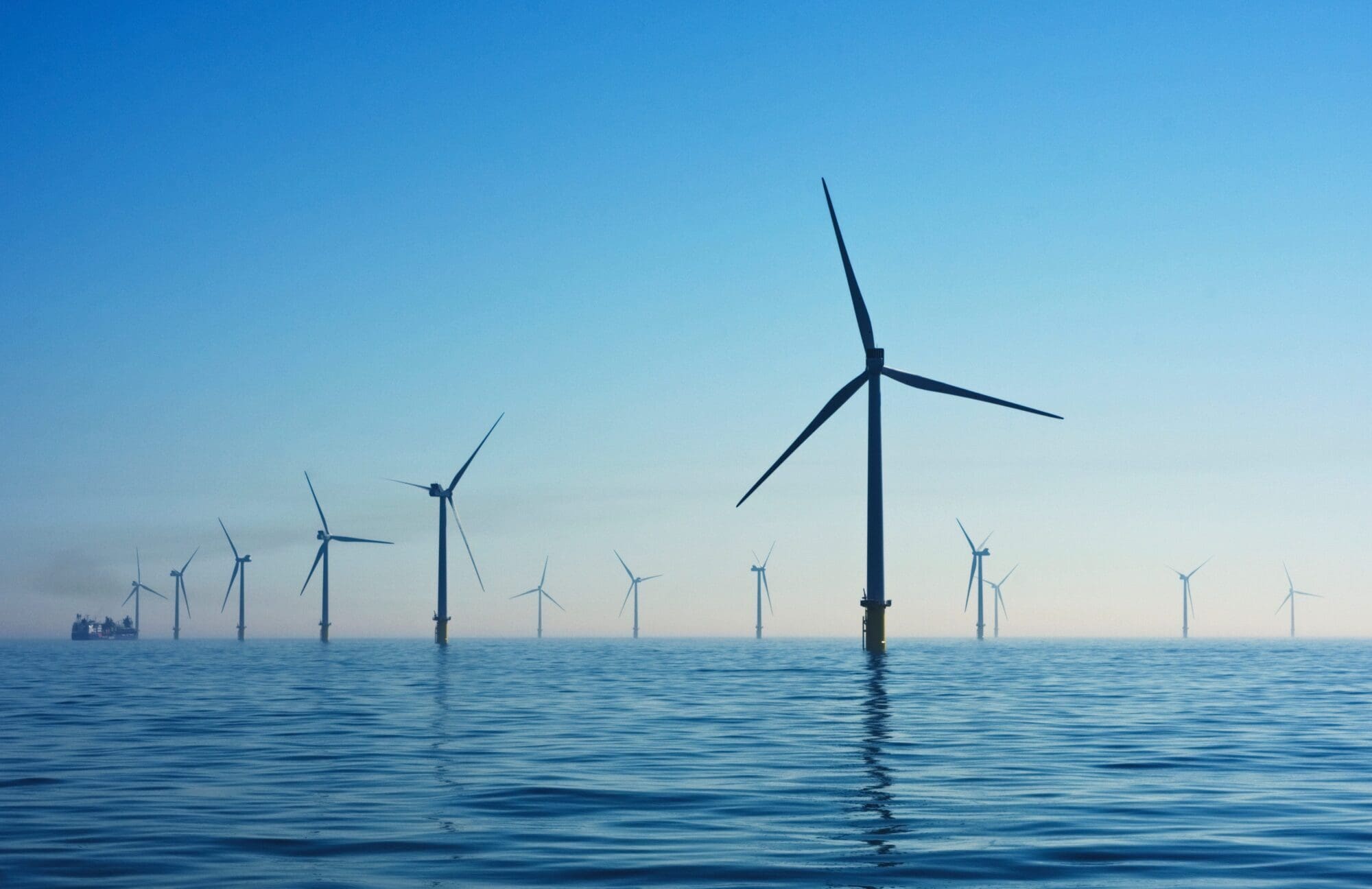As Texas’ power grid struggles to keep up with record-breaking heat waves, the Biden Administration unveiled plans to build a 546,645 acre wind farm 24 miles off the coast of Galveston.
President Joe Biden designated the massive acreage as a “Wind Energy Area” and directed federal officials to lease the expanse to a wind energy company. The Bureau of Ocean Energy Management (BOEM), a branch of the Department of the Interior, claims the project will produce enough energy to power 2.3 million homes.
In October 2021, the Department of the Interior highlighted 30 million acres in the Gulf of Mexico as potential wind farm sites. After listening to public comments and reviewing possible impacts on marine life in the gulf, the department cut the proposed area down to 734,688 acres.
The updated plan also includes a 188,023 acre wind farm 56 miles off the shore of Lake Charles, Louisiana. Both initiatives are part of President Joe Biden’s recent push to shift U.S. energy reliance away from oil and natural gas. Last year Biden set a goal to produce 30 gigawatts of offshore wind energy by 2030, which the administration claims could power 10 million homes, a mere 7 percent of the total number of U.S. homes.
When announcing the Texas and Louisiana wind farms, Secretary of the Interior Deb Haaland claimed the new wind farms would help limit the detrimental effects of climate change.
“President Biden has called on us to address the climate crisis and Interior is taking that challenge to heart,” said Secretary of the Interior Deb Haaland. “Today’s announcement in the Gulf of Mexico is one of many commitments we are making to spur innovation, create good-paying jobs, and collaborate with states, Tribes and communities to ensure that we are doing everything we can to care for our Earth.”
However, both Galveston and Lake Charles are often directly in the path of major hurricanes. Lake Charles experienced widespread damage from Hurricane Laura and Hurricane Delta, and Galveston is often under threat from tropical storms, calling into question the wind turbines’ ability to produce adequate energy, especially in extreme weather.
Additionally, Texas’ dependency on unreliable renewable resources recently came under fire after the state’s power grid failed during a winter storm. The Texas grid, managed by ERCOT, relies on wind and solar for 25 percent of the system’s energy production. As temperatures dropped below freezing in February 2021, the state’s wind turbines froze and solar panels failed to produce enough energy. As a result, many Texans were left without electricity in extreme weather conditions.
This failure led to many Texans questioning why the state subsidizes these unreliable energy sources—with taxpayer money. From 2006 to 2019, Texas wind and solar companies received close to $19.4 billion in subsidies from taxpayers. As ERCOT continues issuing pleas for Texans to conserve power and keep the grid functioning in the intense summer heat, the Biden Administration is proposing additional investments in unreliable energy sources.





